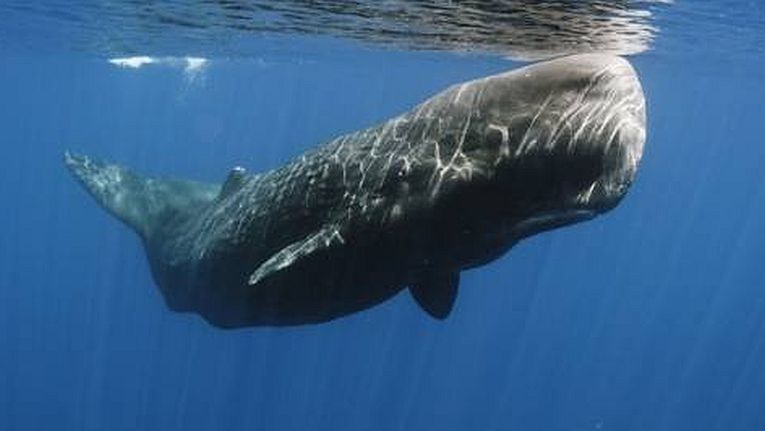The culture of sperm whales, their language and even their dialects, has been well studied, especially in the Caribbean. The turnover of thousands of animals in the area of the Galápagos Islands now gives us an idea of their cultures across the vast expanse of the Tropical Pacific. These clans were stable in the way they spoke
for a 30-year period, the members remain in the clan and they move rapidly over the Pacific.
What began as a sudden change in the individuals present off Galápagos before 2013/14 became a study of their recapture photographs, to find what had happened to the populations. This appears to have been a large-scale movement, involving emigration of groups from different clans. In RSOS, Mauricio Cantor, Hal Whitehead, Shane Gero and Luke Rendell of Aarhus(Denmark), St.Andrew’s (Scotland) and Dalhousie (Halifax, Canada) Universities, report on this momentous, or at least giant-scale
event in Cultural turnover among Galápagos sperm whales.
Their January paper on Caribbean clans
was also our story in dialects and babble!,
Basic as the switch could seem, the language of these individuals is absolutely fascinating, giving a personal outlook that is usually missing from such a large project, on a great study of 4,468 individuals. The older-recorded population moved eastward, towards the American coasts, such as in the Gulf of California. 15 new groups appeared in 2013/14 after a period of few sightings.
These clans belong to well-established groups known as Regular, Four-Plus, Short, etc. Some have been studied off Tonga (Plus-One, Regular and Short.) The researchers knew that Four-Plus and Short had been recorded off Kiribati and the Marshall Islands and were almost unknown previously near the Galápagos. 6 sightings in the Gulf of California in 2003 were found to be members of the Four-Plus clan. They were confirmed as having previously lived around Galápagos.
These detailed records are not unique. Male humpback whales evolve their songs in each population, as you might expect. Possibly copying the musical of the same name, they often change quickly to a completely new song in the South Pacific, creating a cover version
of the song from another group! The sperm whale has a multilevel female society. The girls live in permanent units of around 11 matures with calves, making up larger clans who share vocalisations (clicks) called codas. Each clan is genetically related, going by their mDNA haplotypes. They use the habitat differently, with dietary differences, behavioural quirks and maybe even calving-rate.
The clan difference is obviously comparable to those found in Scotland in the past, though aggression is hopefully less common among sperm whales. One major difference is geographical overlap. Clans seem to have no territory. Nomads to the core, the whales adapt to any space where deep-sea squid species are available, although each small unit occupies a span of 2,000km (1,243 miles.)










